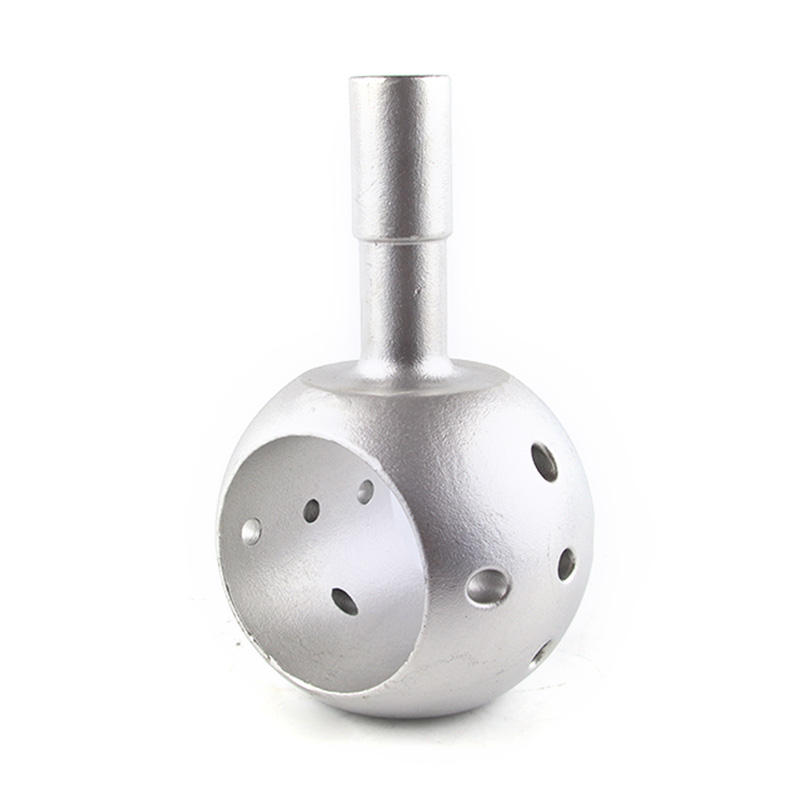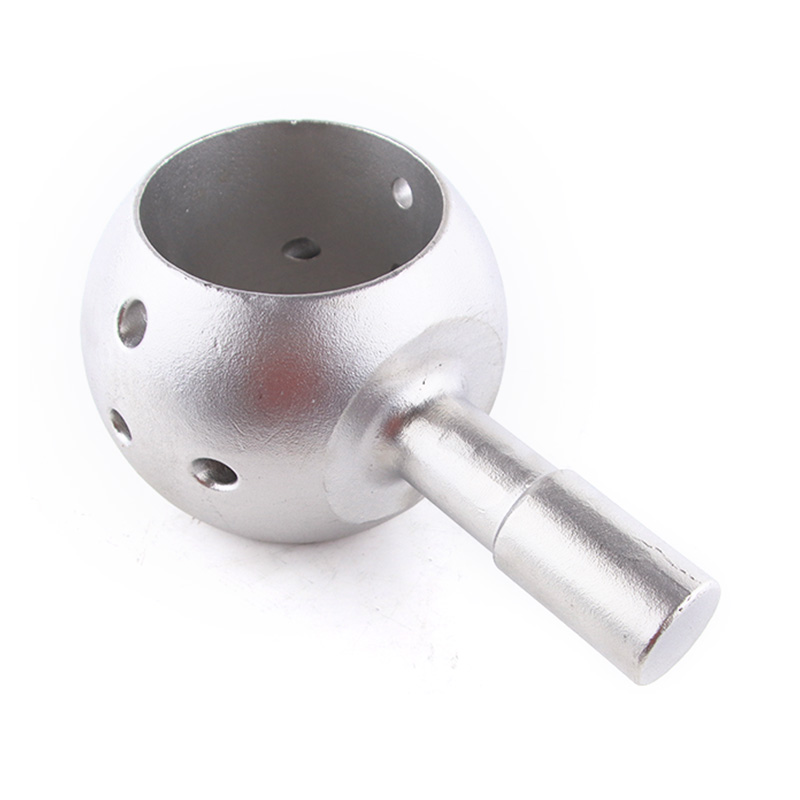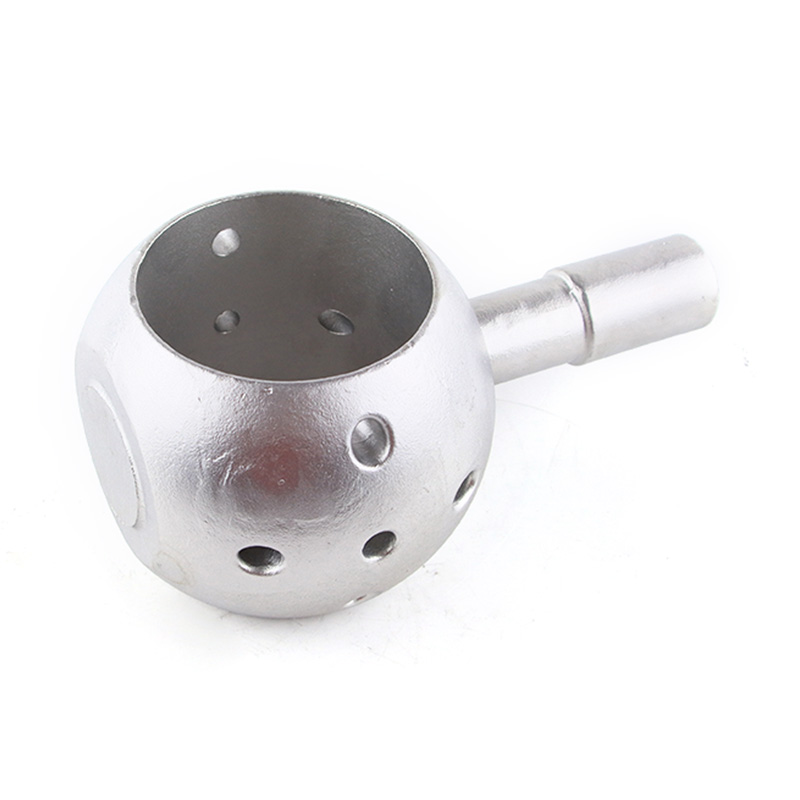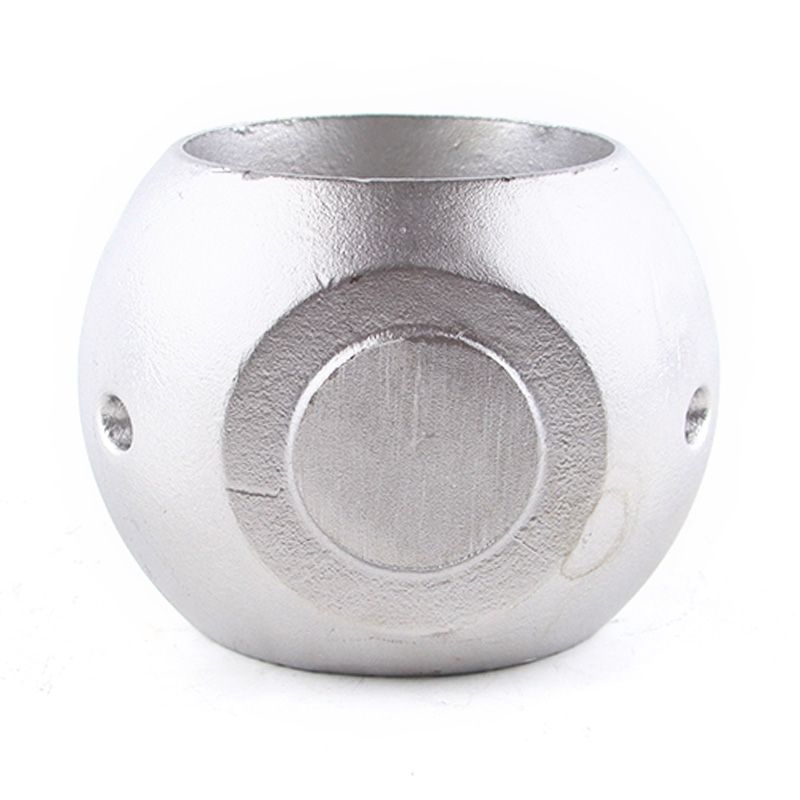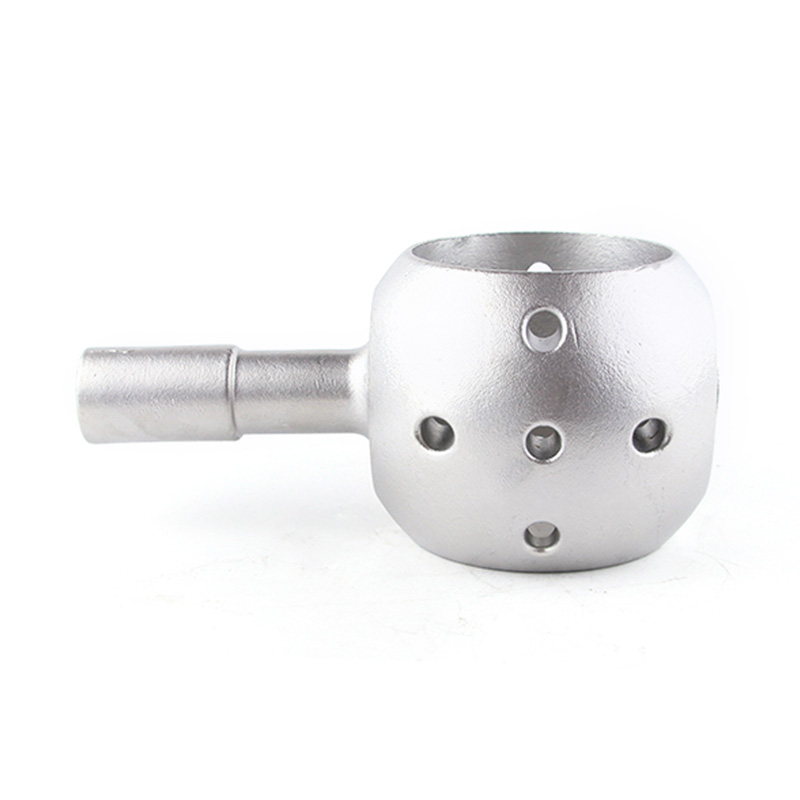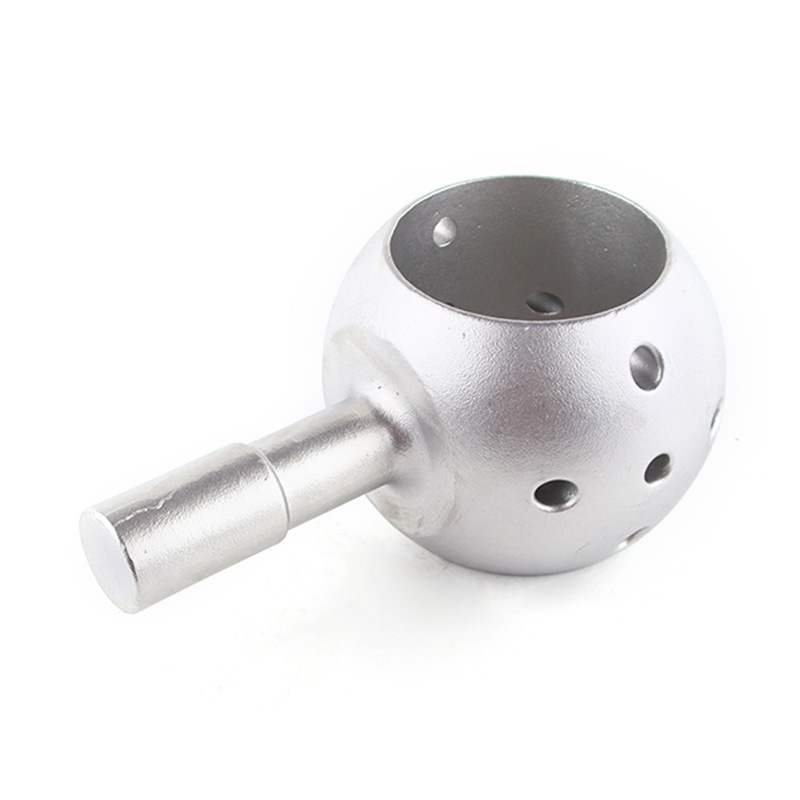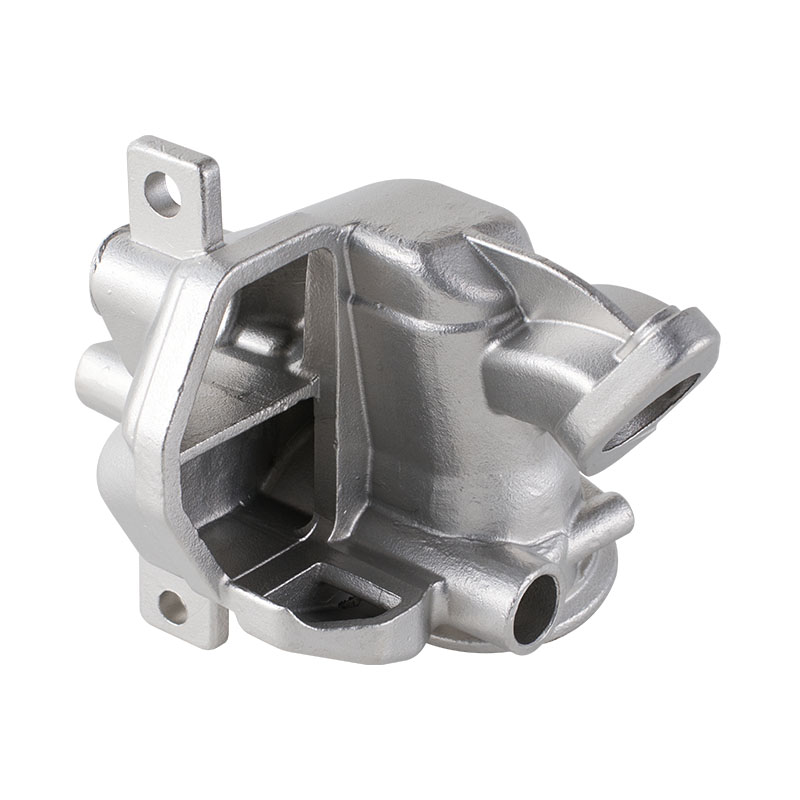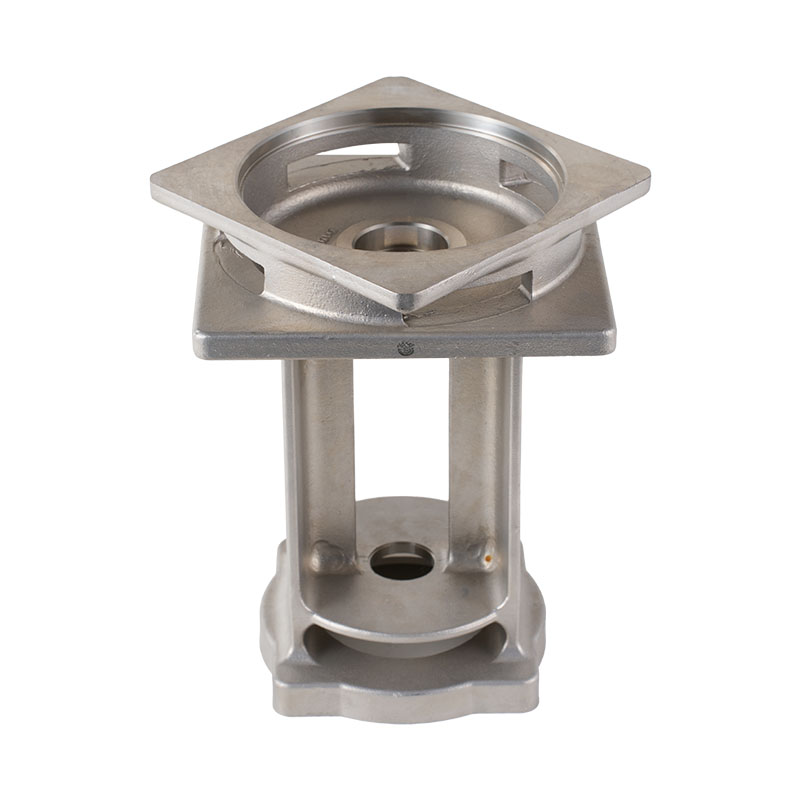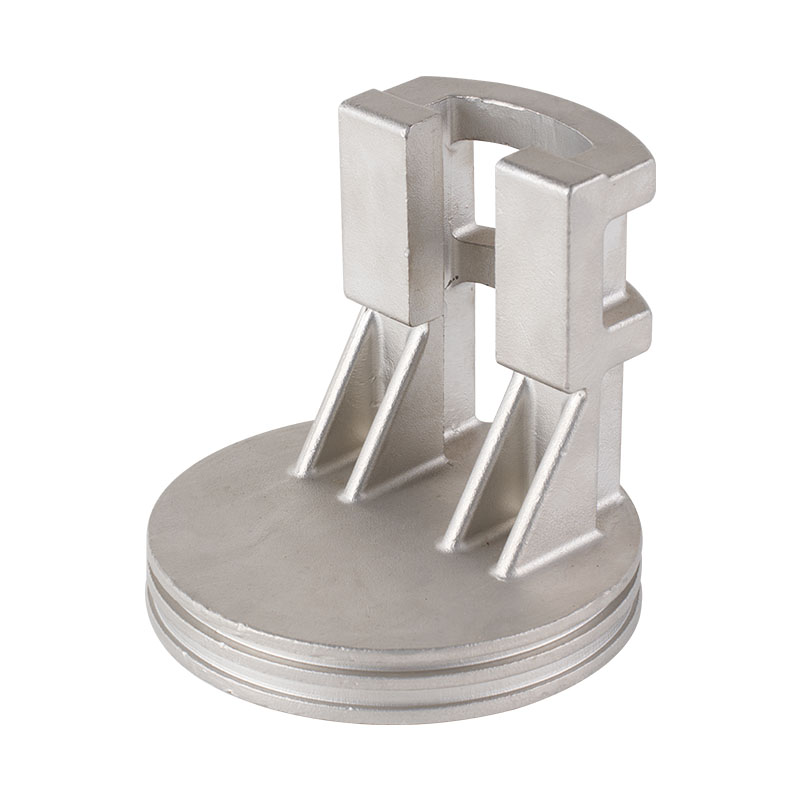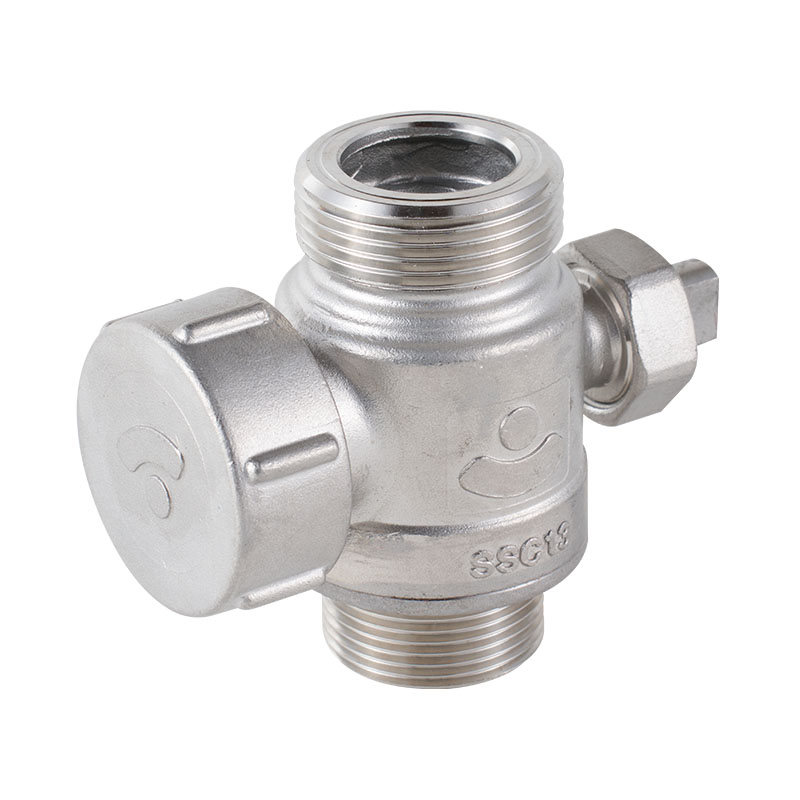Manufacturing Process
The silica sol lost wax investment casting process involves creating a wax pattern coated with a silica sol-based ceramic shell. This method begins with the production of a precise wax pattern that mirrors the final product's shape and dimensions. The pattern is then coated with a silica sol slurry, enabling the formation of a thin, high-strength shell.Once the shell is hardened, the wax is melted away, leaving a hollow ceramic mold. Molten metal is then poured into the mold, allowing it to take the desired shape. After the metal has cooled and solidified, the ceramic shell is removed, revealing the finely crafted silica sol lost wax investment casting parts. This process produces components with good surface finishes and intricate details.
Material Versatility
One of the significant advantages of silica sol lost wax investment casting parts is the versatility in material selection. It can accommodate a broad range of metals, including:
- Stainless Steel: Highly resistant to corrosion, making it suitable for various applications in the chemical and food industries.
- Carbon Steel: Known for its strength and toughness, suit for structural applications.
- Alloy Steels: These can be specifically tailored for high-performance requirements, including heat and wear resistance.
- Copper Alloys: Providing good conductivity, suitable for electrical applications.
Precision and Detail
Silica sol lost wax investment casting parts are renowned for their exceptional precision and ability to replicate intricate designs. The lost wax process allows for tight tolerances, making it possible to produce complex geometries that would be challenging or impossible with other manufacturing methods. This high degree of accuracy reduces the need for extensive post-processing, which leads to cost savings and faster lead times.
Surface Finish
The use of silica sol in the investment casting process contributes to achieving good surface finishes on silica sol lost wax investment casting parts. The smooth surfaces result from the fine sand used in the mold-making process, which reduce roughness. This characteristic is highly beneficial for applications requiring aesthetic quality or smooth functionality, such as in aerospace and medical devices.
Applications
- Aerospace: Used for manufacturing critical components like turbine blades and structural elements, where precision and reliability are crucial.
- Automotive: Utilized for producing engine parts, brackets, and gears, benefiting from the durability and accuracy provided by this casting method.
- Medical: Employed in the fabrication of surgical instruments and implants, ensuring compliance with stringent quality standards.
- Marine: Suitable for creating durable and corrosion-resistant parts for marine applications, including pumps and fittings.
- Energy: Integral to the production of components in renewable energy systems, such as wind turbines and hydroelectric turbines.
In conclusion, silica sol lost wax investment casting parts represent a reliable and efficient solution for producing high-precision components across multiple industries.By leveraging the advantages of this good casting process, manufacturers can meet demanding requirements, ensuring quality and performance in their applications.

